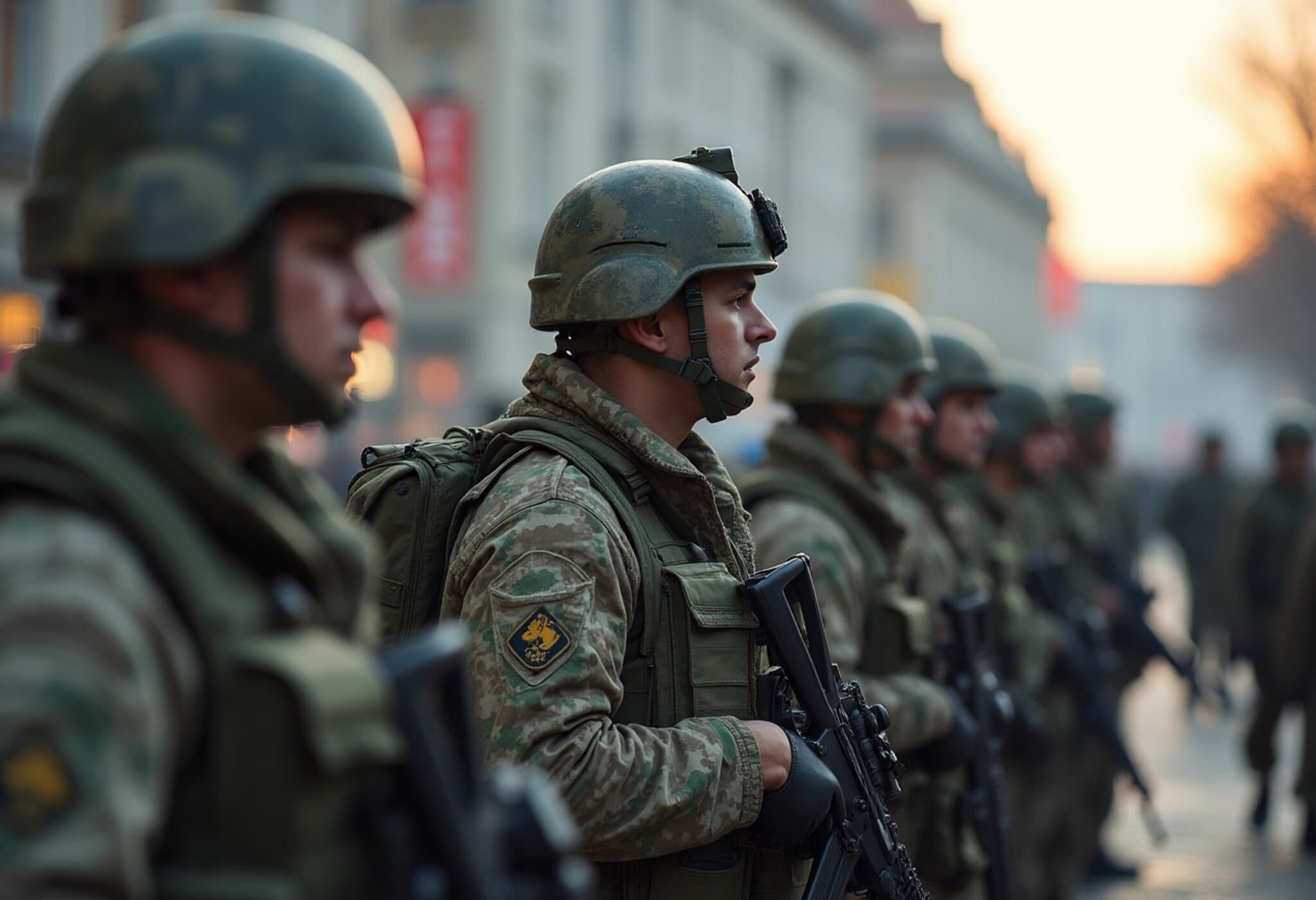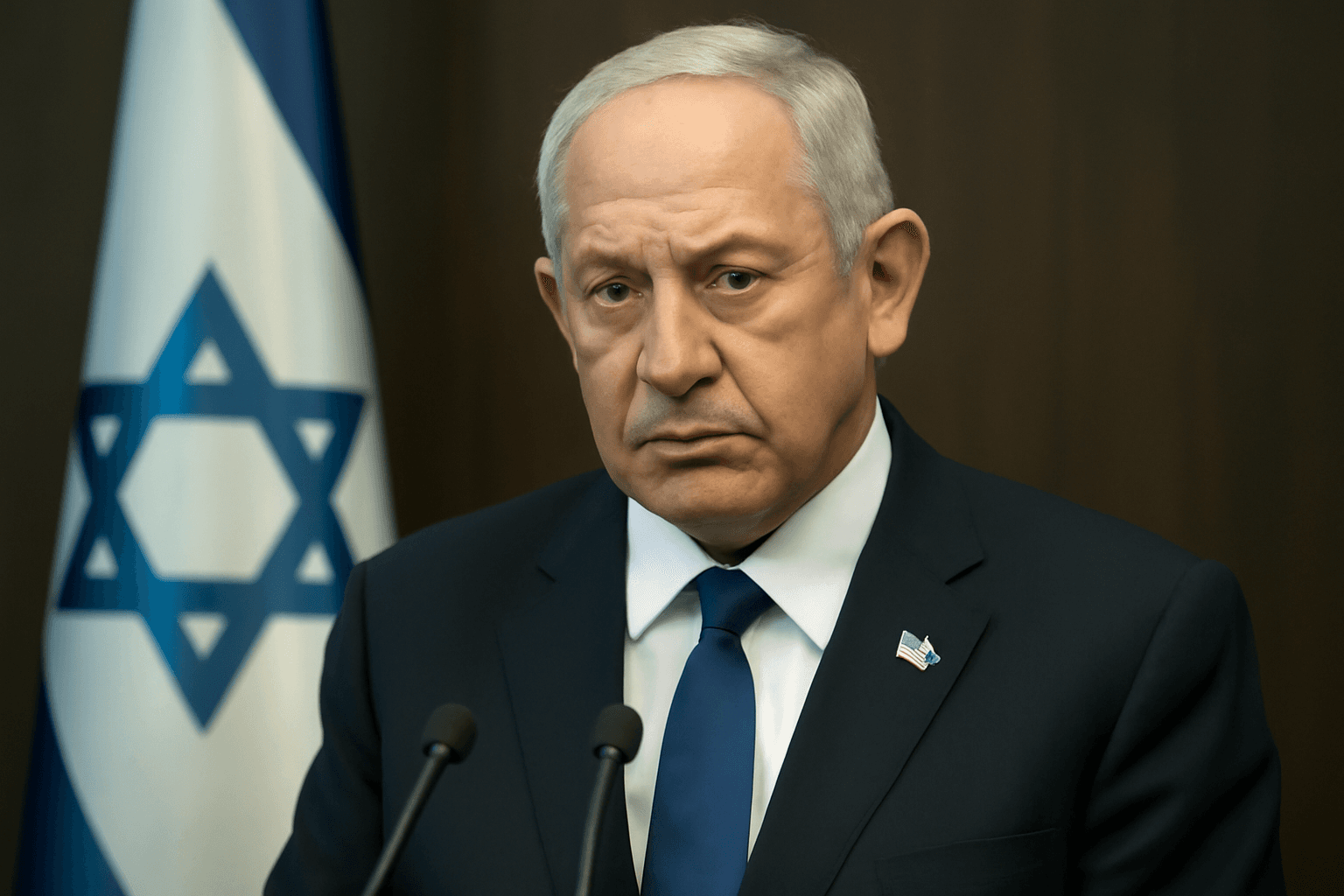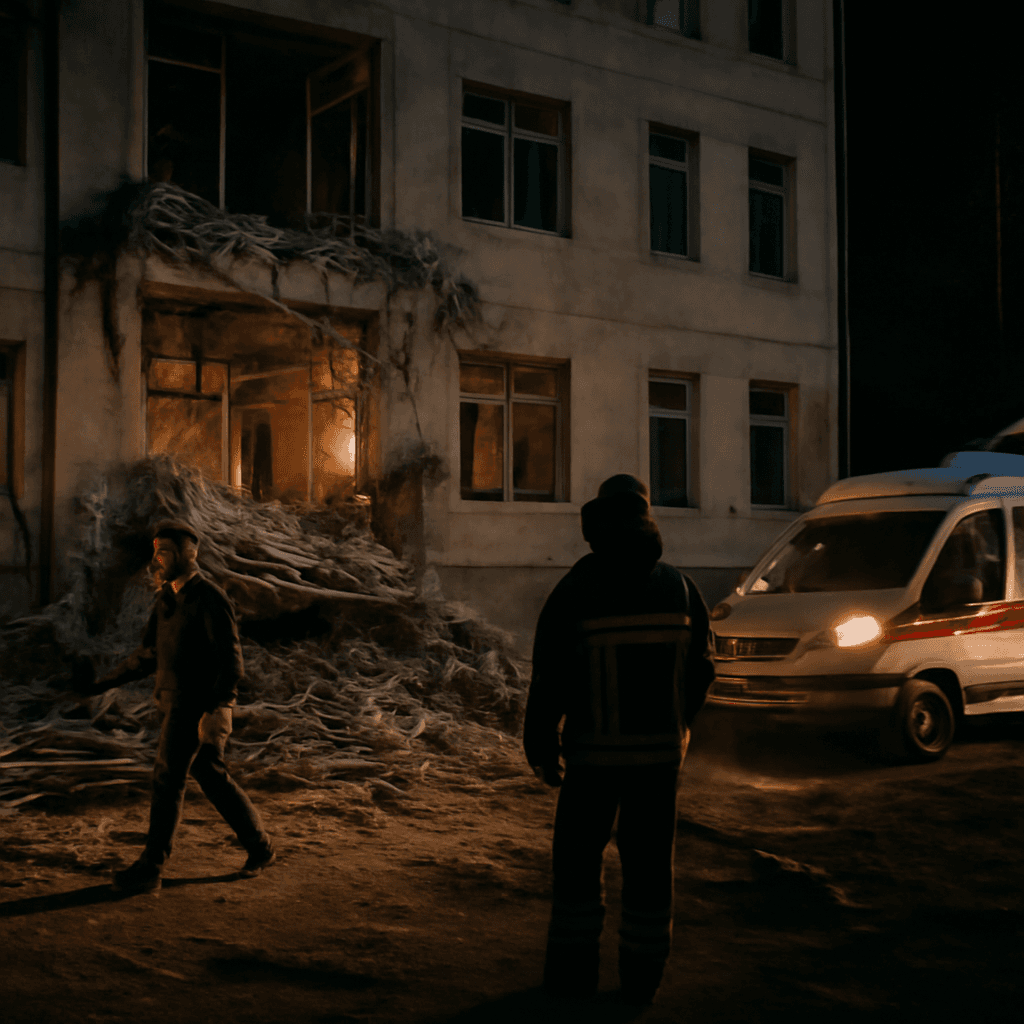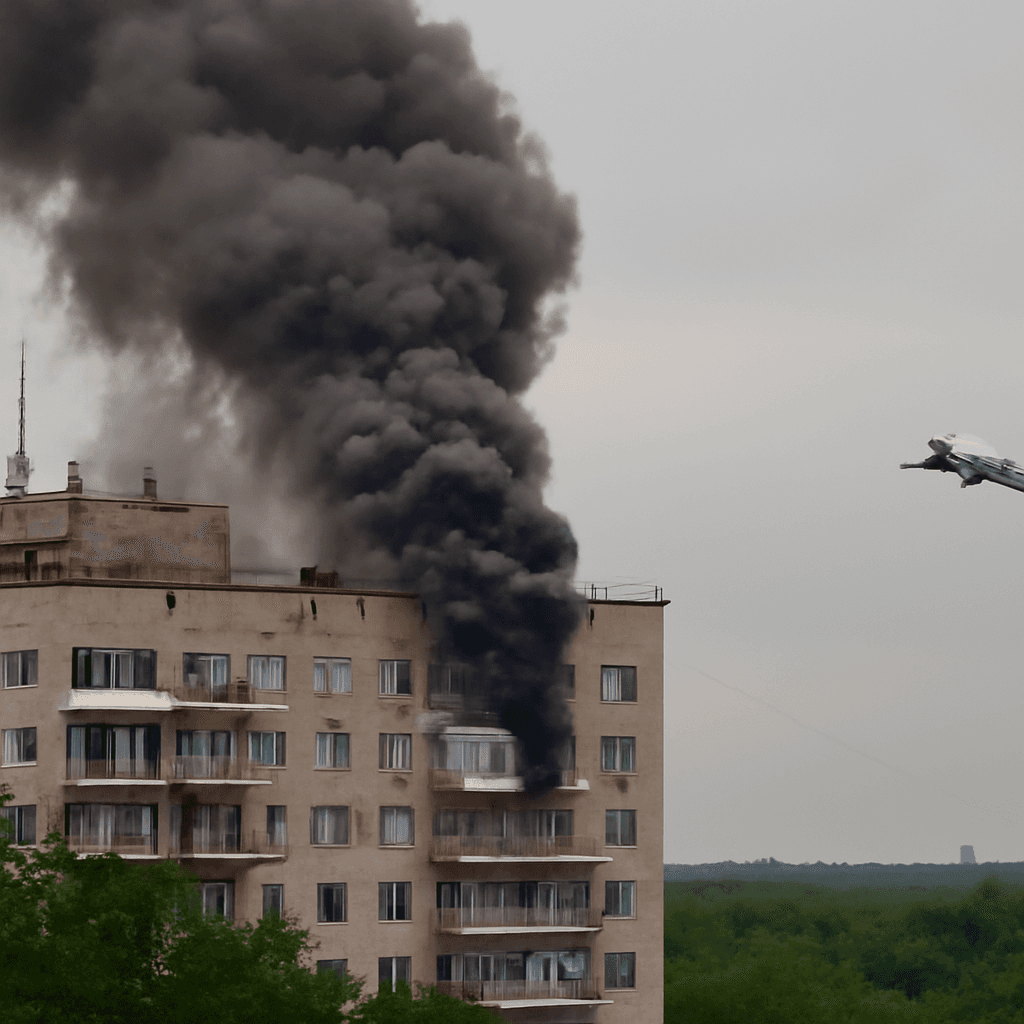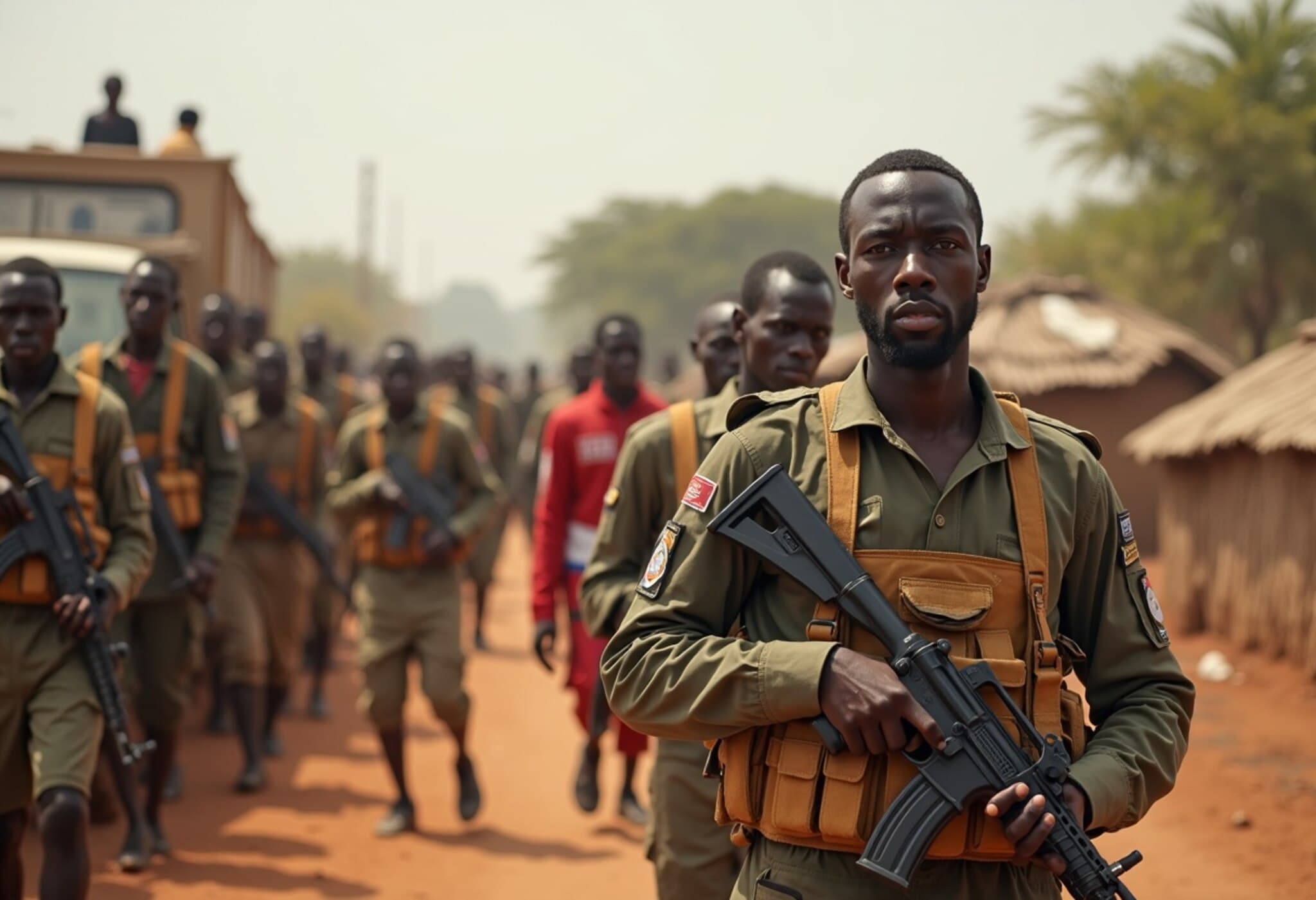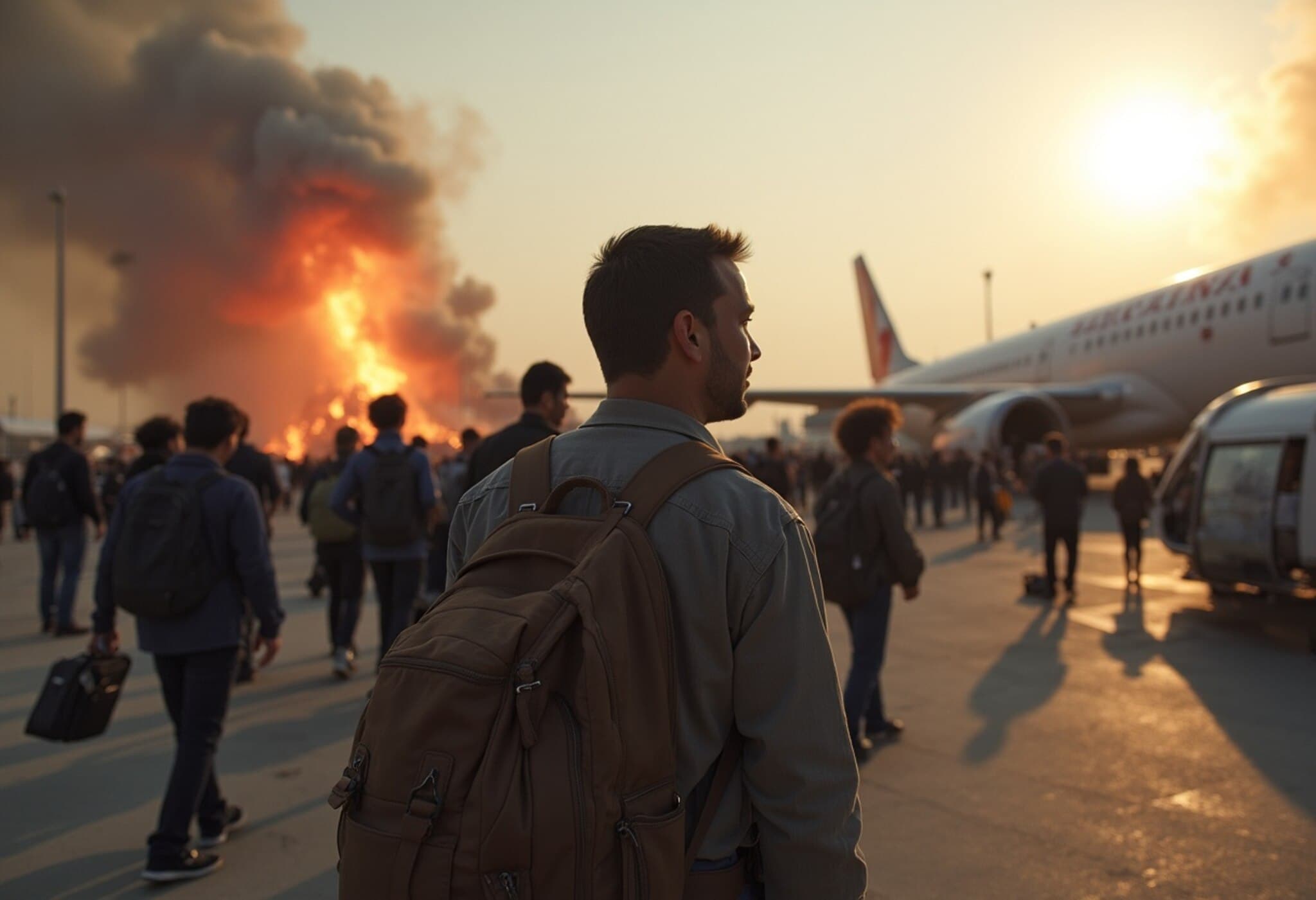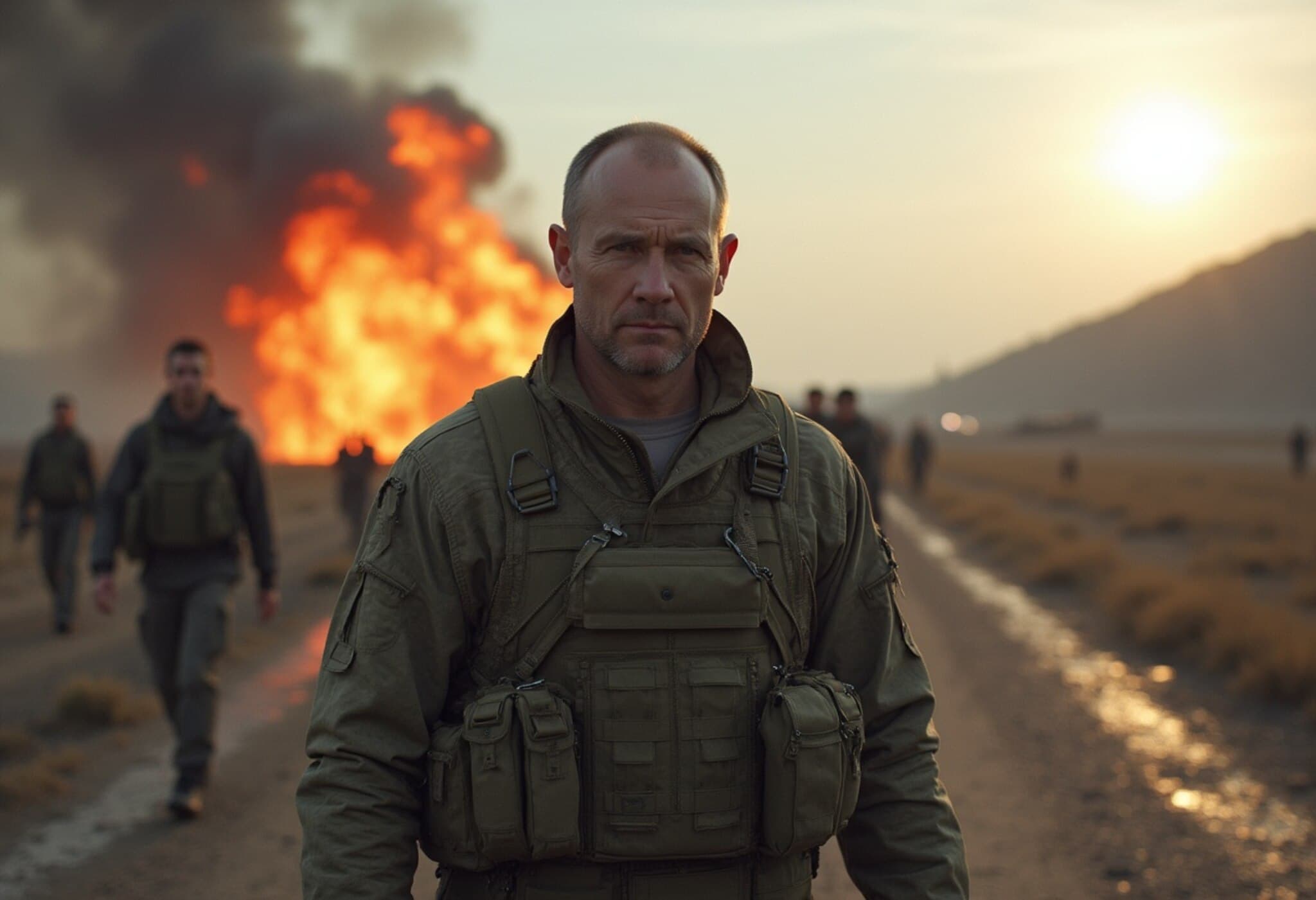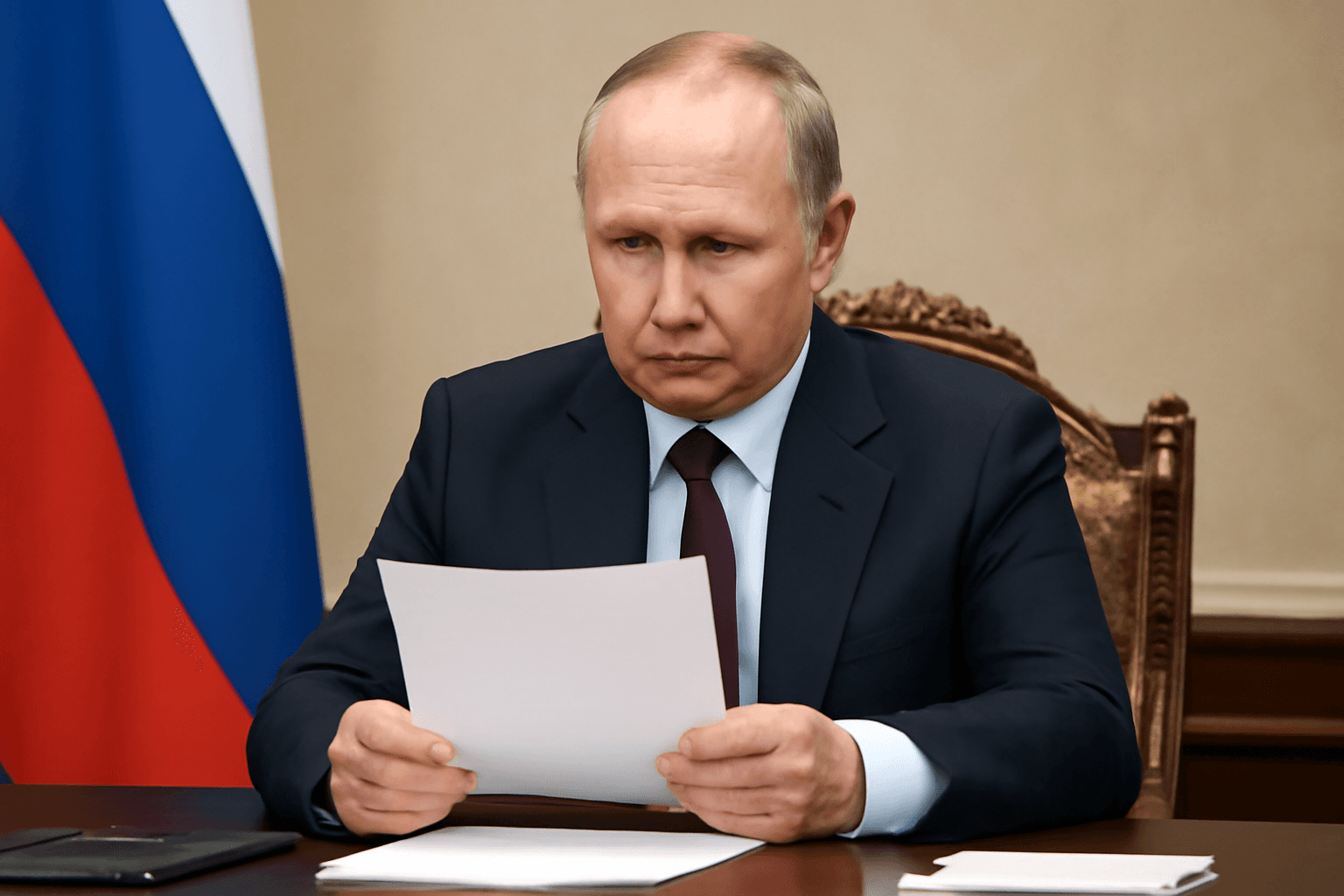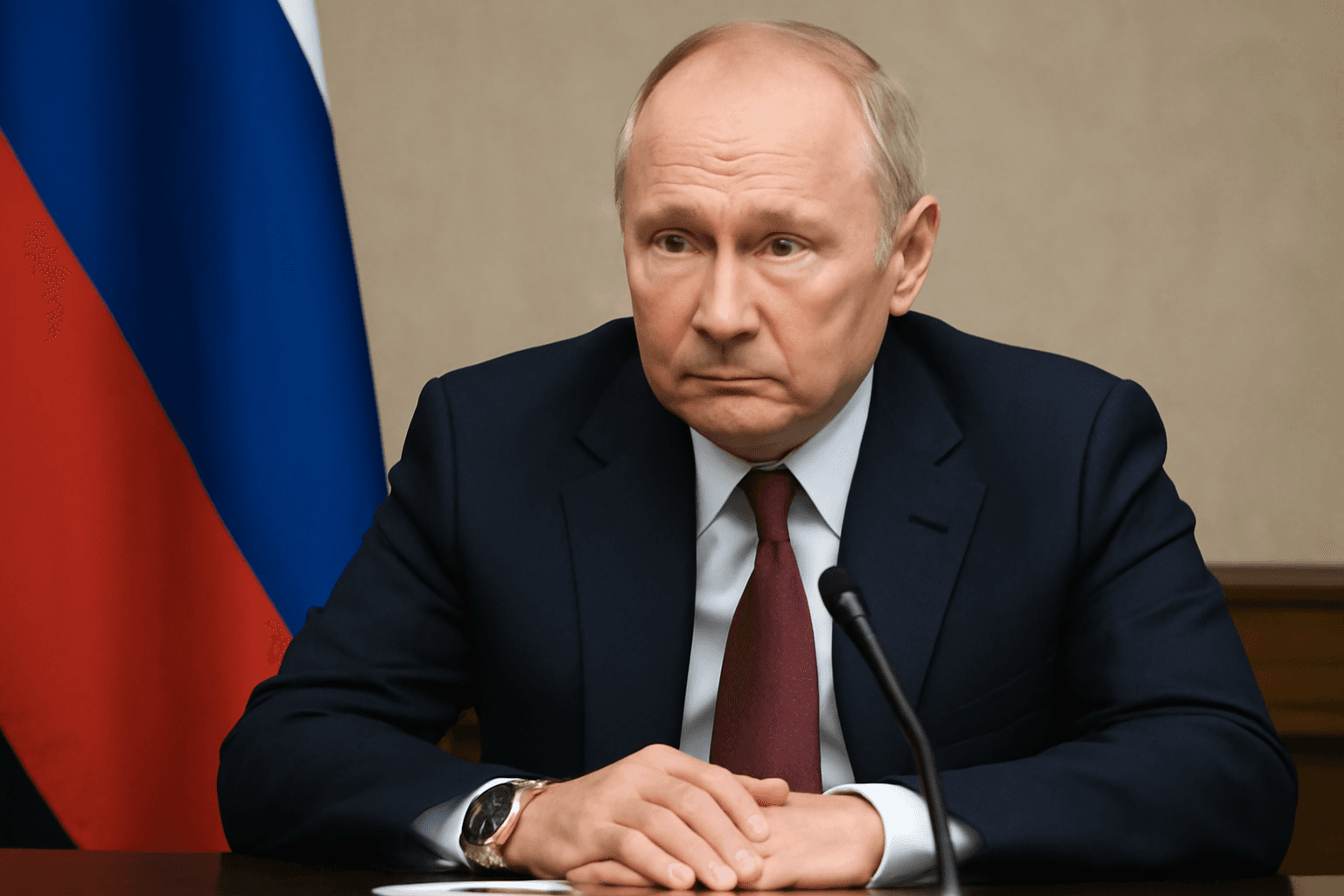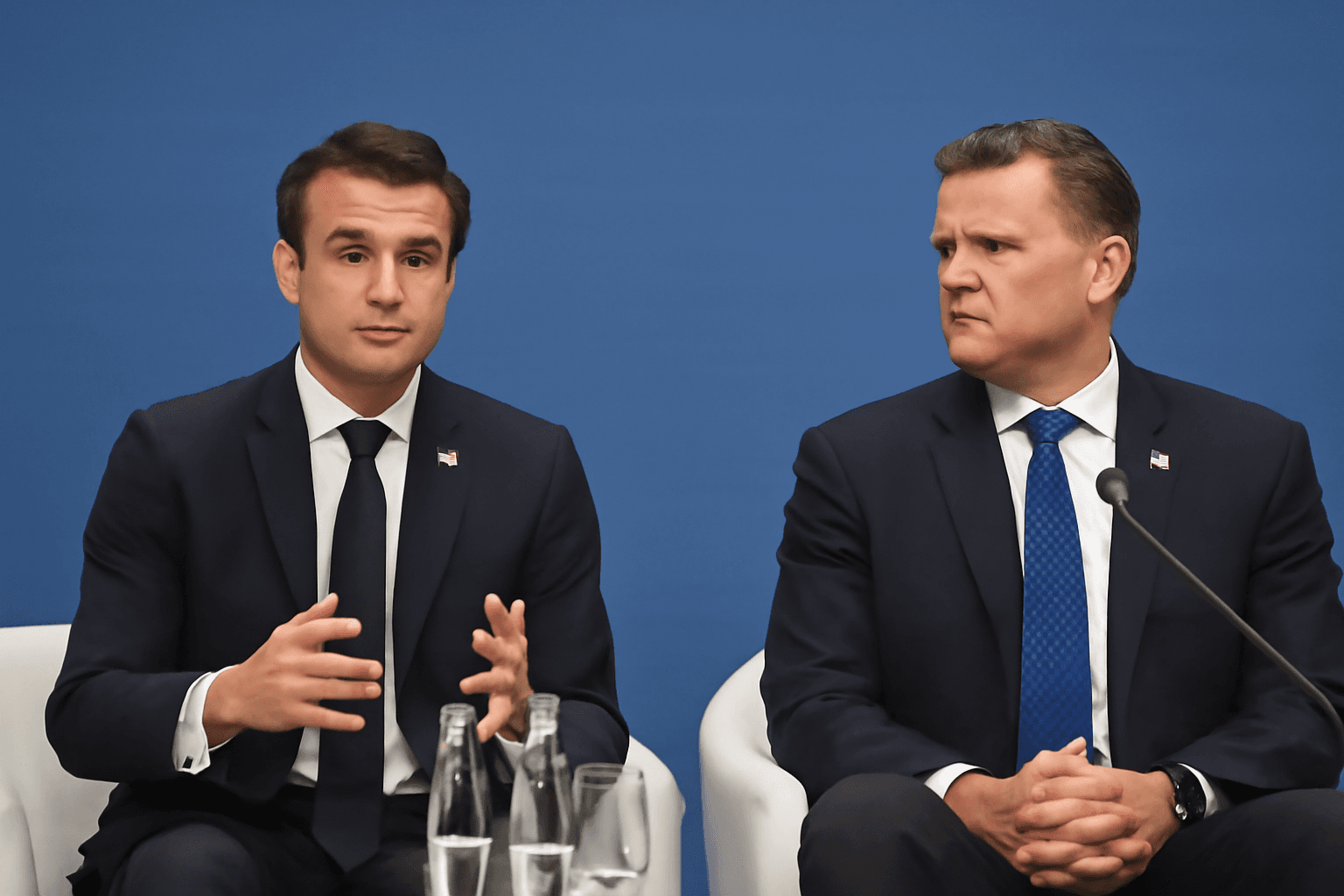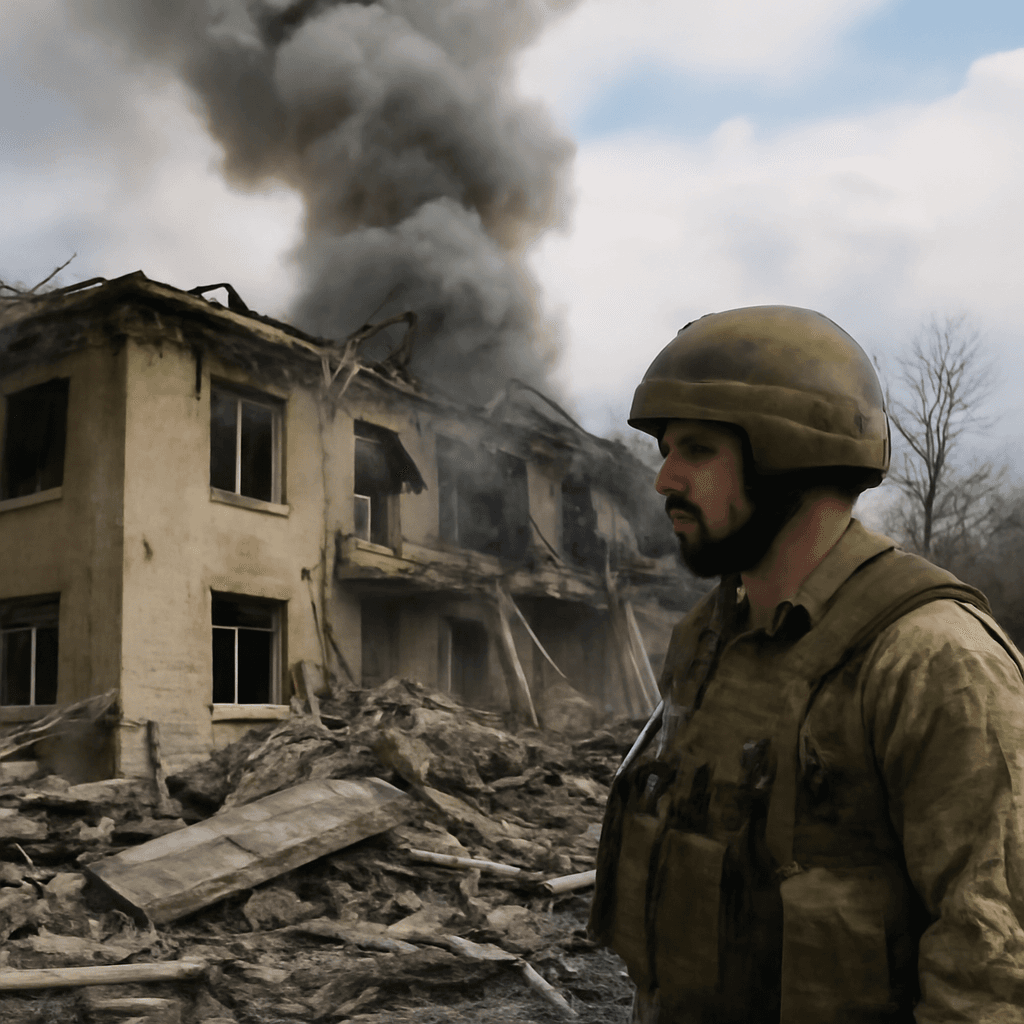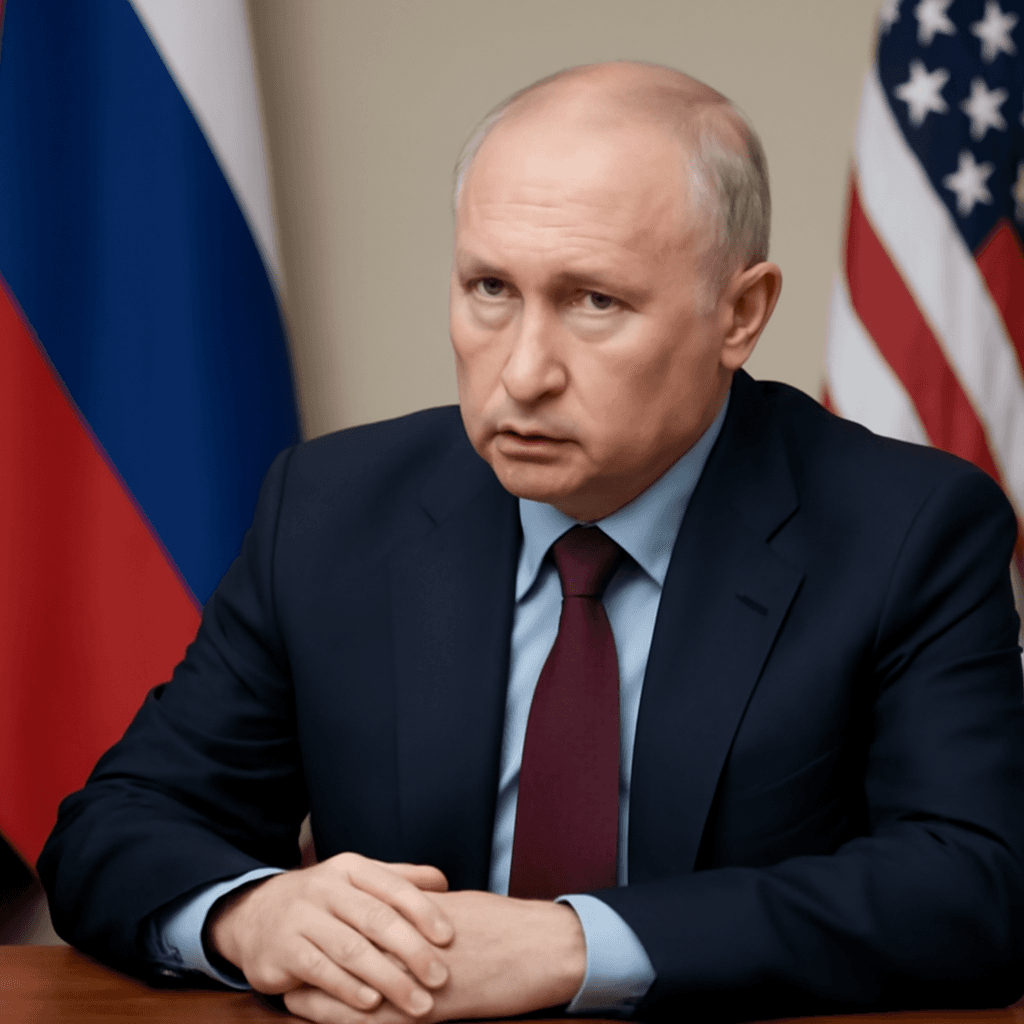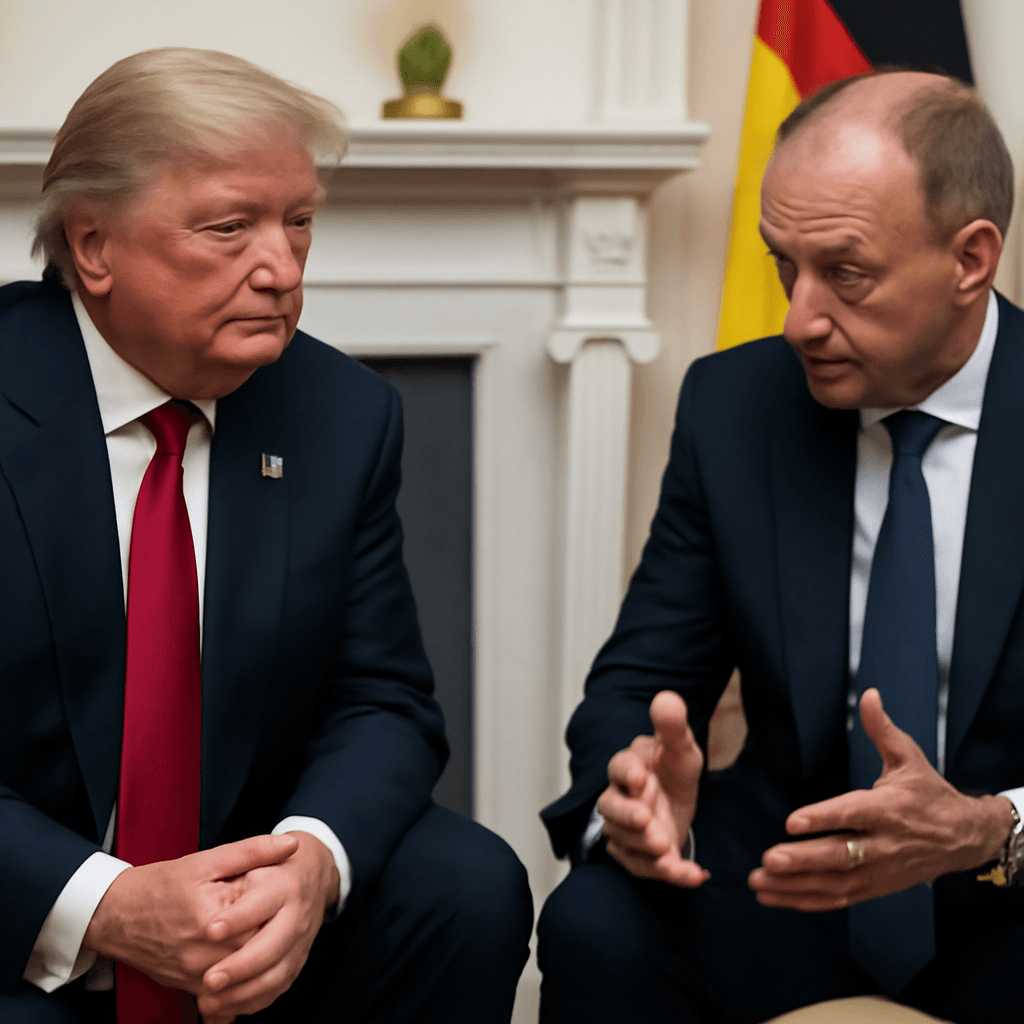Russia's Heavy Military Toll in Ukraine: New UK Assessment
As the conflict in Ukraine grinds on into its third year, fresh figures reveal the staggering human cost of Russia's military operations. On July 22, 2025, the UK Defence Minister John Healey disclosed that Russia has suffered up to 240,000 soldier casualties in just the first seven months of this year alone.
Contextualizing the Toll
This recent estimate underscores the immense pressure on Russian forces amid their intensified offensive strategies. Despite some tactical territorial gains, the conflict has extracted a horrendous price in manpower for Moscow.
“The number of Russian soldiers killed or wounded since the start of the full-scale invasion has surpassed one million,” Healey remarked during the Ukraine Defense Contact Group meeting, referencing data aggregated from various Western intelligence sources.
Corroborating International Assessments
The British data aligns closely with figures shared by US and Ukrainian officials, painting a consistent picture:
- US Secretary of State Marco Rubio stated earlier in July 2025 that at least 100,000 Russian soldiers have been killed this year alone, emphasizing fatalities rather than total casualties.
- Kyiv's Defense Ministry projects roughly 252,000 Russian casualties (both wounded and killed) in 2025 so far.
- The Center for Strategic and International Studies (CSIS) independently estimated that Russia’s total casualties since 2022 exceed one million, including approximately 250,000 deaths.
Understanding Russia's 'Meat-Grinder' Strategy
Experts describe Russia’s continued reliance on a so-called “meat-grinder” approach—repeatedly deploying fresh troops to overwhelm Ukrainian defenses through sheer numbers rather than tactical finesse—as a costly gamble. While this method has yielded territorial advances in some regions, the massive human losses raise questions about its long-term viability, especially if continued Western military and intelligence support empowers Ukrainian resistance.
Implications and Underreported Dimensions
The scale of Russian casualties not only strains Moscow’s military capabilities but also has broader geopolitical repercussions:
- Domestic pressures in Russia: High casualty figures risk fueling public discontent and eroding support for the Kremlin’s policies.
- Ukrainian morale and resilience: Persistent resistance underscores Kyiv’s ability to capitalize on the West’s military backing.
- Long-term regional stability: Protracted conflict with heavy losses impacts prospects for diplomatic resolution and reconstruction efforts.
Despite the daunting figures, Western policymakers continue to debate the strategic calculus behind sustained military aid to Ukraine, weighing the costs against potential regional security gains.
Editor's Note
As this enduring conflict unfolds, the human toll revealed by these figures demands our attention—not just as statistics but as a somber reflection of war’s brutal reality. Beyond the numbers lies a pressing question: how will Moscow manage these losses amid growing international isolation? And how might sustained Western support shape the future balance in Eastern Europe? These developments merit close observation, as the ramifications extend far beyond battlefield maps, touching on global security, humanitarian concerns, and the quest for lasting peace.

